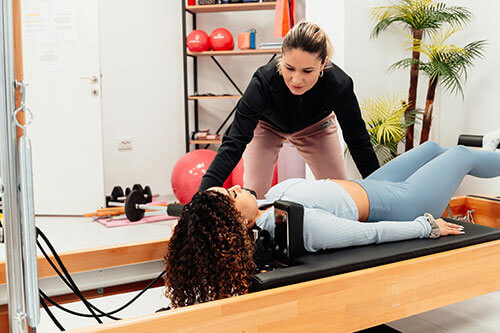Physical Therapy – Rehab Services

At MIH Physical therapy (PT) is care that aims to ease pain and help you function, move, and live better. You may need it to:
- Relieve pain
- Improve movement or ability
- Prevent or recover from a sports injury
- Prevent disability or surgery
- Rehab after a stroke, accident, injury, or surgery
- Work on balance to prevent a slip or fall
- Manage a chronic illness like diabetes, heart disease, or arthritis
- Recover after you give birth
- Control your bowels or bladder
- Adapt to an artificial limb
- Learn to use assistive devices like a walker or cane
- Get a splint or brace
People of all ages benefit from physical therapy. It can treat a variety of health problems.
What Does a PT Do?
At your first therapy session at MIH, your PT will examine and assess your needs. They’ll ask you questions about your pain or other symptoms, your ability to move or do everyday tasks, how well you sleep, and your medical history. The objective is to determine a diagnosis of your condition, why you have the condition, including impairments that either caused or are a result of the condition then develop a plan of care to address each.
The PT will administer tests to measure:
- How well you can move around, reach, bend, or grasp
- How well you walk or climb steps
- Your heartbeat or rhythm while active
- Your posture or balance
Then, they’ll work with you to create a treatment plan. It will include your personal goals like functioning and feeling better, plus exercises or other treatments to help you reach them.
You may take less or more time to reach those goals than other people in physical therapy. Everyone is different. You may also have more or fewer sessions than others. It just depends on your needs.
You treatments might include:
- Exercises or stretches guided by your therapist
- Your therapist will watch your progress and adjust your treatments as necessary.
- You can do the exercises your therapist teaches you at home between sessions. This will help you stay on track and improve your fitness.
- Massage, heat, or cold therapy, warm water therapy, or ultrasound to ease muscle pain or spasms
- Rehab to help you learn to use an artificial limb
- Practice with gadgets that help you move or stay balanced, like a cane or walker

